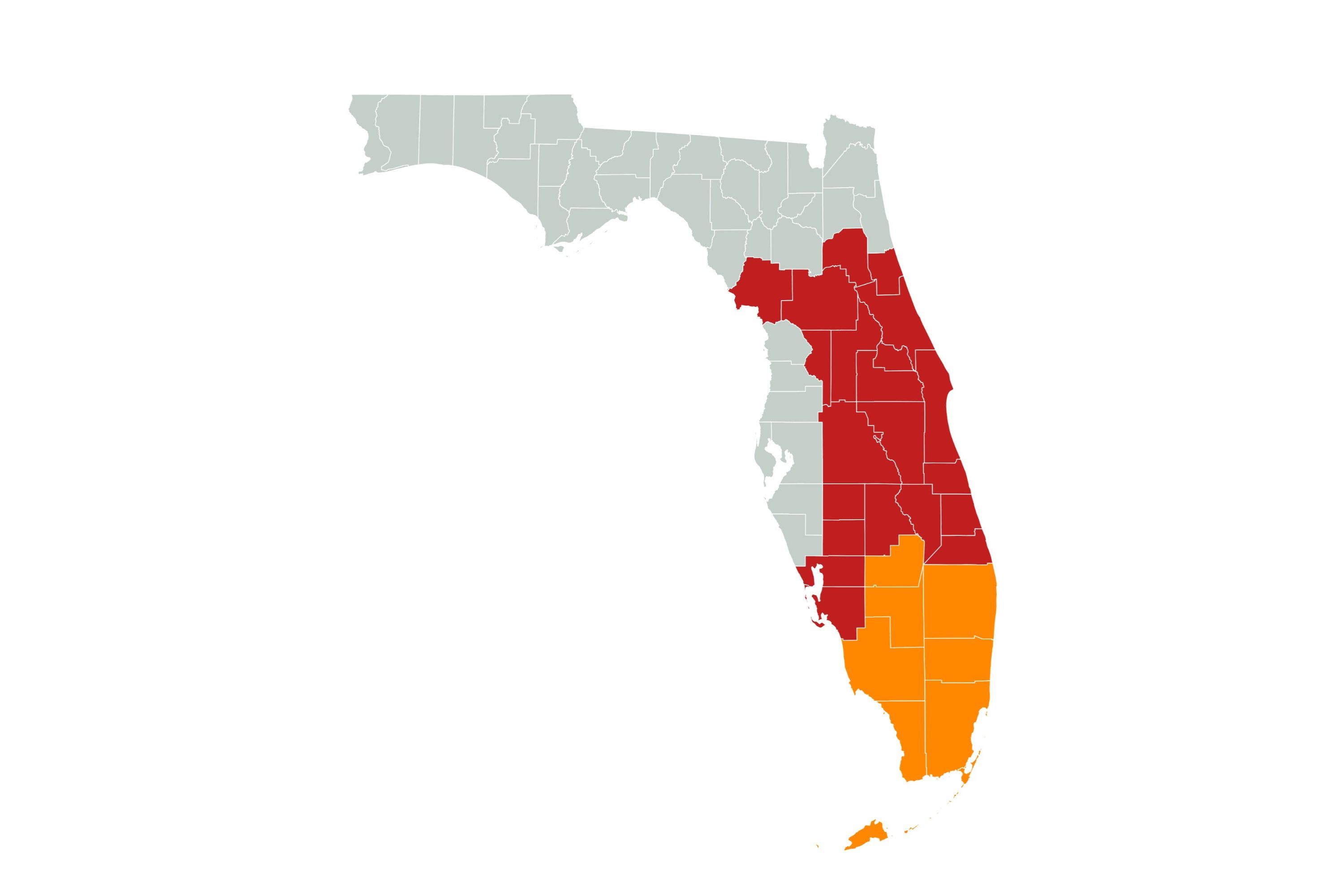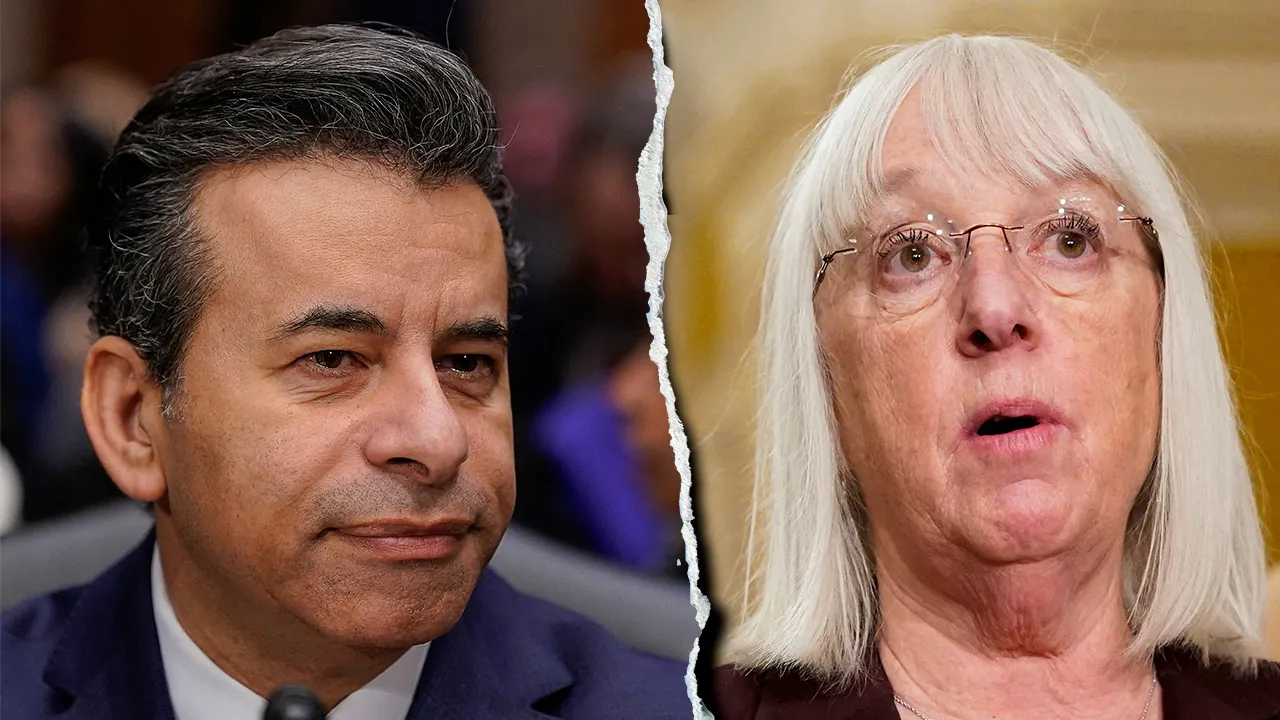Florida
Relentless rain smashes records in Central Florida. Here are the numbers

ORLANDO, Fla. – Record rain fell across Central Florida as a Gulf low system brought intense heavy rain.
As expected, heavy and steady rain fell during the overnight hours Saturday into Sunday and not only led to localized flooding, but also led to record-breaking rainfall for many cities.
Here are the numbers for Orlando, Sanford, Daytona Beach and Melbourne.
December is usually one of the driest month of the year in Central Florida and many cities saw more-than-normal rainfall in less than 24 hours.
Other cities picked up a significant amount of rain as well.
Most cities remained between 2-4 inches range as forecasted.
Isolated cities in Brevard and eastern Orange counties picked up more than 5 inches of rainfall.
Rain chances are expected to diminish Sunday afternoon, allowing the rainwater to recede in areas that experienced minor flooding.
Get today’s headlines in minutes with Your Florida Daily:
Copyright 2023 by WKMG ClickOrlando – All rights reserved.

Florida
Florida map shows counties at risk of “critical” fire weather today

Dozens of counties across Central and South Florida were on alert for fire weather conditions on Thursday, the National Weather Service (NWS) warning that a combination of strong winds and low relative humidity could contribute to extreme fire behavior in the Sunshine State.
Why It Matters
A red flag warning is issued by the NWS to notify local fire officials of potentially hazardous weather conditions expected within the next 12 to 24 hours. Wildfires have hit California and the Carolinas so far this year.
What To Know
As of Thursday morning, red flag warnings had been issued across central and east central Florida. The map below shows where Red flag warnings and fire weather watches were in place in Florida from Thursday morning.
Counties included:
- Brevard
- Charlotte
- DeSoto
- Flagler
- Hardee
- Highlands
- Indian River
- Lake
- Lee
- Levy
- Marion
- Martin
- Okeechobee
- Orange
- Osceola
- Polk
- Putnam
- Seminole
- St. Lucie
- Sumter
- Volusia
Winds near 20 mph were expected, gusting to around 30 mph, along with relative humidity between 25 and 35 percent, according to the NWS.
“Any fires that develop will likely spread rapidly,” it warned.
Meanwhile, there were fire weather watches in place across South Florida.
These included Broward, Collier, Glades, Hendry, Miami-Dade, Monroe, and Palm Beach Counties.
Here, the service said drought conditions combined with low relative humidity values would lead to “increased fire weather concerns.”
Residents in affected areas were urged to avoid any outdoor burning.
The NWS issues fire weather watches up to 72 hours before the conditions are expected to occur, while a red flag warning “is issued when the conditions are expected to occur within the next 24 hours.”
What People Are Saying
The NWS red flag warnings stated: “A Red Flag Warning means that critical fire weather conditions are either occurring now … or will shortly. A combination of strong winds … low relative humidity … and warm temperatures can contribute to extreme fire behavior.”
NWS Jacksonville said on X: “Despite a little rain yesterday, drought conditions will combine with low humidity and gusty winds, creating optimal conditions for rapid wildfire spread across central FL today.”
Meteorologist Brooke Silverang said on X, Wednesday: “All of Florida’s East Coast is under a Fire Weather Watch on Thursday. Fires can spread easily.”
What Happens Next
At the time of writing, the latest red flag warnings were in place until 6 p.m. The NWS said the fire weather watch for South Florida was in effect through Thursday evening.
Florida
Todd Golden explains how Florida beat Alabama and Auburn on the road in same season

Todd Golden’s Florida basketball team has owned the state of Alabama this season. It started out with a Feb. 8 trip to Auburn, a game the Gators won 90-81.
Then, just over a month later, Florida beat Alabama 99-94. On Wednesday, after the win, Golden was asked what his team did to become so successful on the road.
“I think it’s the strength of our team,” Golden said. “We have a very mature team, workmanlike approach. We’re very consistent and for whatever reason, I feel like we really hone in and do a great job of preparing on the road and making sure we come in with a great mentality.”
The Gators beat the Crimson Tide mostly off the strength on the glass. Golden’s squad outrebounded Alabama 50-35, grabbing 16 offensive boards, which it turned into 19 second-chance points.
Florida also won in transition, scoring 22 fast-break points to Alabama’s 10. The Gators fought off several UA comeback attempts to move to 26-4 on the season, 13-4 in SEC play.
“You’re gonna have to deal with some highs and lowes and you can’t allow your emotions to affect you negatively,” Golden said. “And I thought we did a great job doing that. But I think we’re one of the best teams in America, and to do that, you have to go on the road and beat good teams, and we did that with Auburn and we did that again tonight with Alabama.”
The Gators will be the No. 2 seed in the SEC Tournament, which begins next Wednesday in Nashville. Auburn already earned the league’s regular season championship, while Alabama backed into clinching a double-bye on Wednesday, when Missouri lost at Oklahoma.
Florida will close out the regular season against Ole Miss in Gainesville on Saturday. Alabama and Auburn will face off in Neville Arena that same day, tipping off at 1:30 p.m. CT on ESPN.
Florida
Judge sentences Florida dentist accused of ‘campaign of terror’

TAMPA, Fla. – A federal judge sentenced a Florida dentist to two years in prison with credit for time served after his arrest in June.
Leer en español
FBI agents reported Richard Kantwill sent more than 100 threats to 40 victims in retaliation to their political commentary.
Kantwill, 61, wrote the threats of injury and death even after FBI special agents intervened and asked him to stop.
Attorney General Merrick B. Garland referred to Kantwill’s messages as an “almost year-long campaign of terror.”
Kantwill, who was born in Chicago, served as a U.S. Army combat field medic during the Gulf War and practiced dentistry in Tampa.
Kantwill’s attorneys claimed he lived with untreated post-traumatic stress disorder and alcoholism.
In November, Kantwill pleaded guilty to four counts of interstate transmission of a threat.
Prosecutors said Kantwill’s victims included an election official in another state, an author, a TV personality, and a religious leader.
On Tuesday, U.S. District Judge Mary Scriven sentenced Kantwill to two years in prison with credit for time served.
Kantwill has been in jail without bond for about eight months. He will be paroled for three years and will have to pay a $10,000 fine and get treatment for mental health and substance abuse.
Copyright 2025 by WPLG Local10.com – All rights reserved.
-

 Sports1 week ago
Sports1 week agoNHL trade board 7.0: The 4 Nations break is over, and things are about to get real
-

 News1 week ago
News1 week agoJustice Dept. Takes Broad View of Trump’s Jan. 6 Pardons
-

 World1 week ago
World1 week agoHamas says deal reached with Israel to release more than 600 Palestinians
-

 Science1 week ago
Science1 week agoKilling 166 million birds hasn’t helped poultry farmers stop H5N1. Is there a better way?
-

 News1 week ago
News1 week agoChristianity’s Decline in U.S. Appears to Have Halted, Major Study Shows
-

 World1 week ago
World1 week agoGermany's Merz ‘resolute and determined,' former EU chief Barroso says
-

 Technology1 week ago
Technology1 week agoMicrosoft makes Copilot Voice and Think Deeper free with unlimited use
-

 Culture1 week ago
Culture1 week agoOstriches, butt cheeks and relentless energy: How Austin Hedges became an indispensable MLB teammate



















